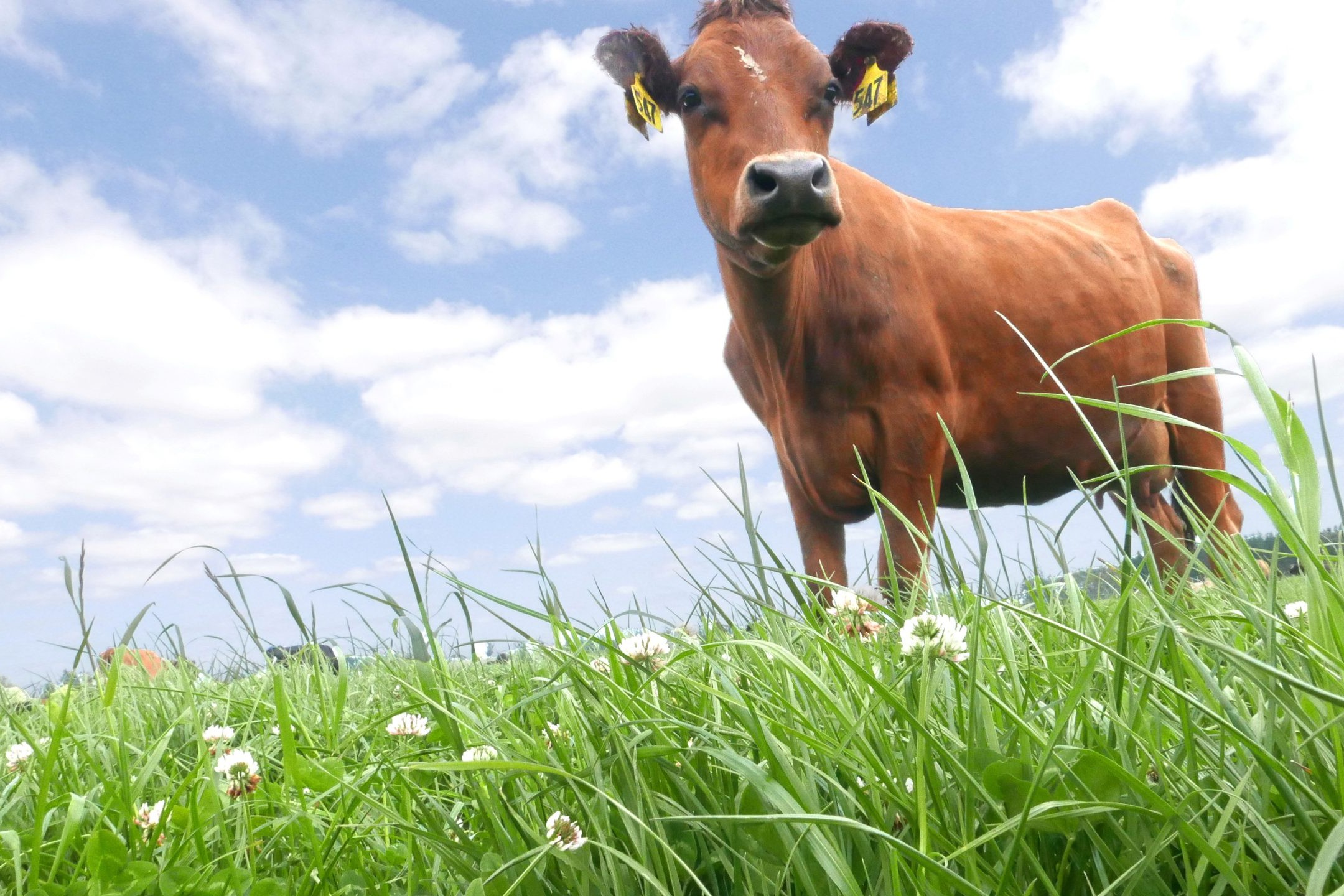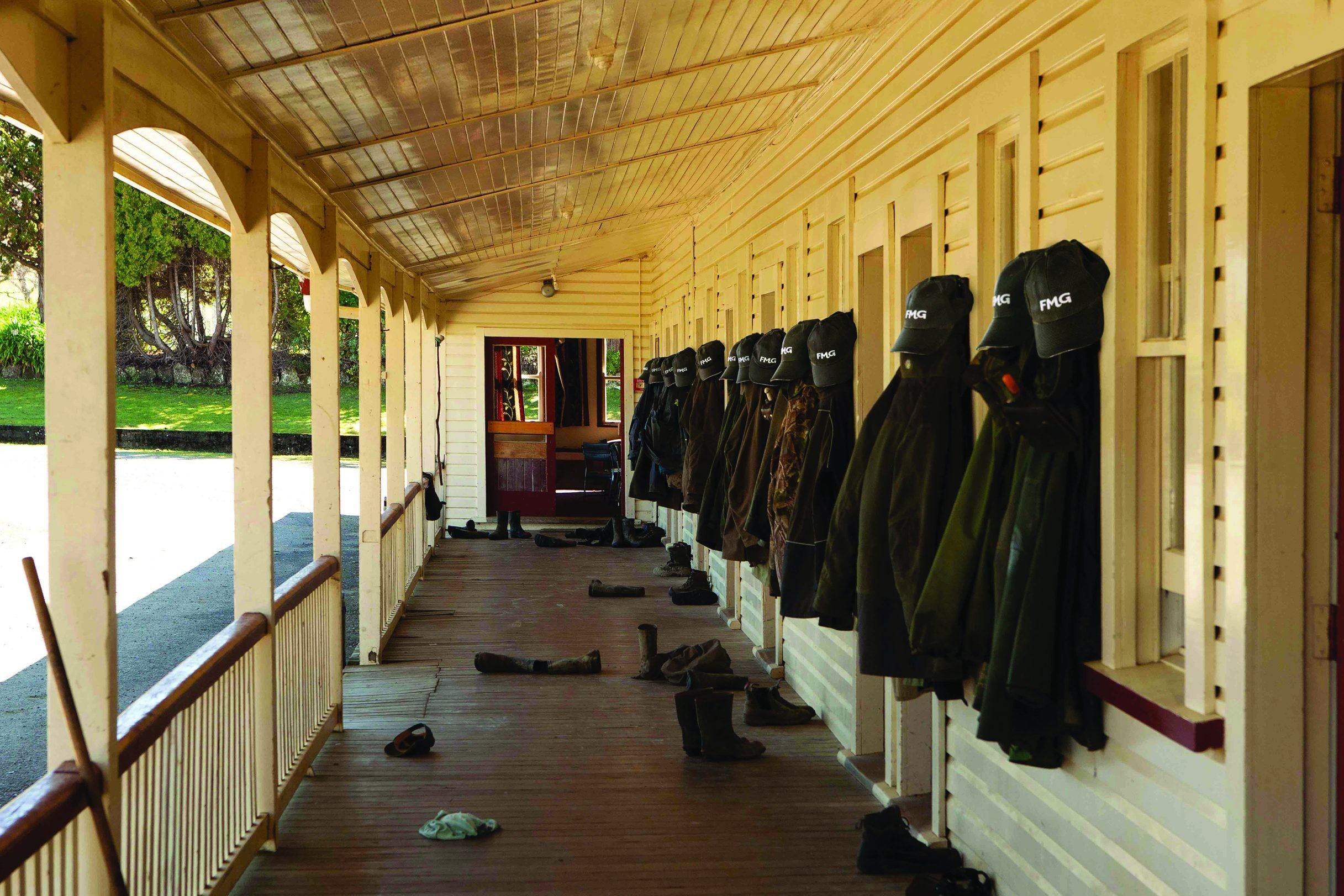Getting pasture renewal right
Autumn is the time to look forward and begin planning for next season. One of the most important targets is pasture eaten and what you do now, in terms of pasture renewal, is key to making sure you have the feed available. Anne Lee finds out how you make a great pasture renewal plan.

IN PARTNERSHIP WITH BARENBRUG
The often-used business adage using the four P’s – planning prevents poor performance – is just as relevant when it comes to getting pasture renewal right.
“Pasture renewal is complex,” says Barenbrug pasture specialist Graham Kerr. “You’re planting a living thing into the soil and there are a whole range of factors you have to get right including choice of paddock, spraying out, choice of species and cultivar, drilling, fertiliser and pest control – and all of these are affected
by the weather.
“Having a great plan will minimise the risk of poor results. We know pasture harvested per hectare is the number one driver of farm profitability, so now is the time to look at the state of your pastures.
“And, having analysed many farms over my career, I can tell you that in every case there’s a wide range in paddock performance.
“Identify the laggards – those underperforming paddocks that are giving you two or three fewer grazings a year. Look at palatability too, because paddocks that have been opened up due to wet or dry conditions can have a higher weed content. That translates into low utilisation rates and won’t give you the quality drymatter you need to meet those pasture-eaten goals next season.”
Instead of having a predetermined percentage of the farm going through renewal each year, Graham urges farmers to keep the rate flexible. If there’s a high percentage of pastures producing well, then renewal will be less, but if you identify a lot of paddocks doing poorly then lift the rate, he says.
“While it’s not possible to give specific advice, there are four key elements every farmer should consider in their pasture renewal plan.”
Top tips
- Undersowing or direct drilling is a great, lower-cost option if you have areas of open or damaged pasture. Fast-establishing species such as Italian or hybrid ryegrass are best suited. Wait till we’ve passed the hottest part of the season, but it can be carried out even in the dry from 1 March onwards.
- Nitrogen applications can be a valuable tool to help boost pasture growth that can then be pushed through into spring. No later than March for the South Island and April for the North Island to avoid nitrogen losses over winter.
- Choice of species for pasture renewal. Hybrid ryegrass has been a revelation as it behaves similarly to annual ryegrass in the first year but lasts longer, offering three to five years of high performance and feed quality. Annuals still have a place for rapid, short-term feed prior to a summer crop for instance. Perennial ryegrass remains king and is the best long-term, low-cost option. Tetraploid/diploid mixes can improve feed quality and pasture utilisation. In dry areas fine-leaved cocksfoot added to the mix can improve persistence. Don’t forget clover
in all mixes apart from a short-term annual. - Don’t Cut Corners. Every step is critical in the process of pasture renewal, from paddock selection to soil preparation, sowing, fertiliser, pest control and management of young grass. Each links to the other and having one weak link in the chain can be the difference between success and poor outcomes. That is where putting together a great plan pays off, ensuring each step is covered. Check and strengthen your plan with a third party – advisor, neighbour, agronomist. Then stick to the plan.
Visit barenbrug.co.nz





